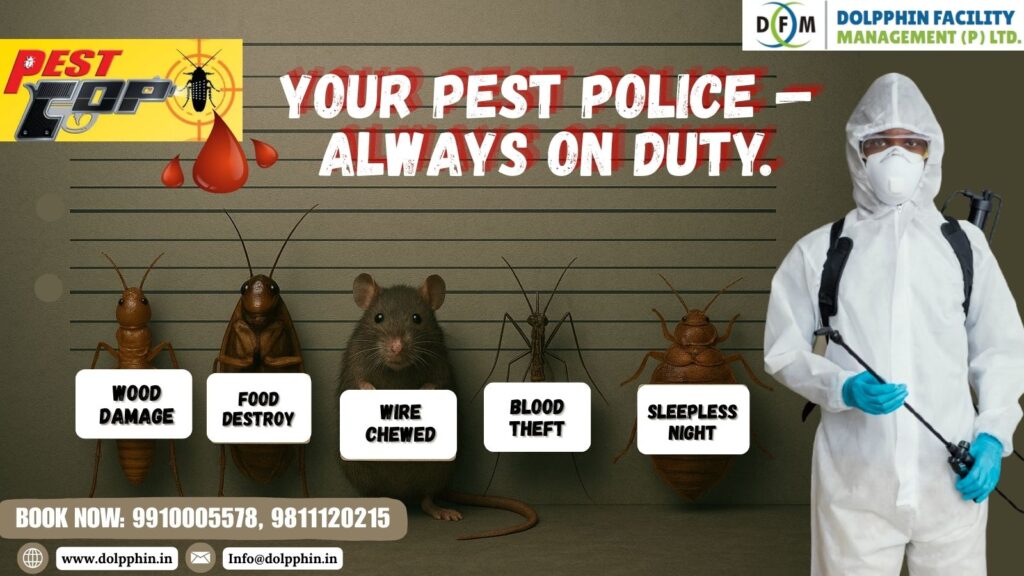
How Professional Pest Control and Hygiene Keep Your Space Safe Your Pest Police Are Always on Duty
Imagine entering a room with a group of termites, rats, cockroaches, and mosquitoes arranged against a height chart. Each insect has a “crime tag” that lists the damage they have caused. It sounds like a scene from a comic book. However, if ignored, these pests can cause property damage and health risks, making them the unsung heroes of our homes and workplaces.
At Dolpphin Facility Management Pvt Ltd, with over 30 years of experience in professional pest control, we’ve seen how minor hygiene lapses can turn into full-blown pest invasions. That’s why our “pest police” concept isn’t just a fun metaphor—it’s a serious reminder that pests are always on the lookout for careless environments.
Meet the Usual Suspects
- Cockroaches: Masters of stealth, they spread bacteria and trigger allergies. Their crime? Contaminating food and surfaces.
2. Termites: Tiny but destructive, termites quietly chew through wood, causing structural damage.
3. Rats & Mice: These furry felons can spread serious diseases like leptospirosis and salmonella, and they love nibbling on wires and stored food.
4. Mosquitoes: Despite their small size, mosquitoes are known to transmit diseases like chikungunya, dengue, and malaria.
How Maintaining Proper Hygiene Keeps You Safe
- Cleanliness and self-hygiene are the first lines of defense against these “criminals.”
- Don’t leave food scraps or dirty dishes in the dining rooms or kitchens.
- Food should be kept in sealed containers to prevent pests from easily accessing it.
- Make sure trash cans are covered and dispose of waste on a regular basis.
- Eliminate standing water and repair leaks to stop mosquitoes from breeding.
- To prevent pests from entering, seal cracks and crevices.
Expert Pest Control: Your Protective Force
- Actionable Tips to Keep Your Space Crime -Free
- Inspect your surroundings weekly for signs of pests
- Implement routine cleaning and decluttering habits.
- Schedule regular professional pest control inspections.
- Educate family members or employees on hygiene practices.
- Treat minor infestations immediately before they escalate.
Remember, the “pest police” is always on duty—but your home and workplace safety starts with you. Combining daily hygiene habits with professional pest control services ensures that your space remains a healthy, crime-free zone.
With Dolpphin Facility Management by your side, you can enjoy peace of mind, knowing that the “criminals” don’t stand a chance.

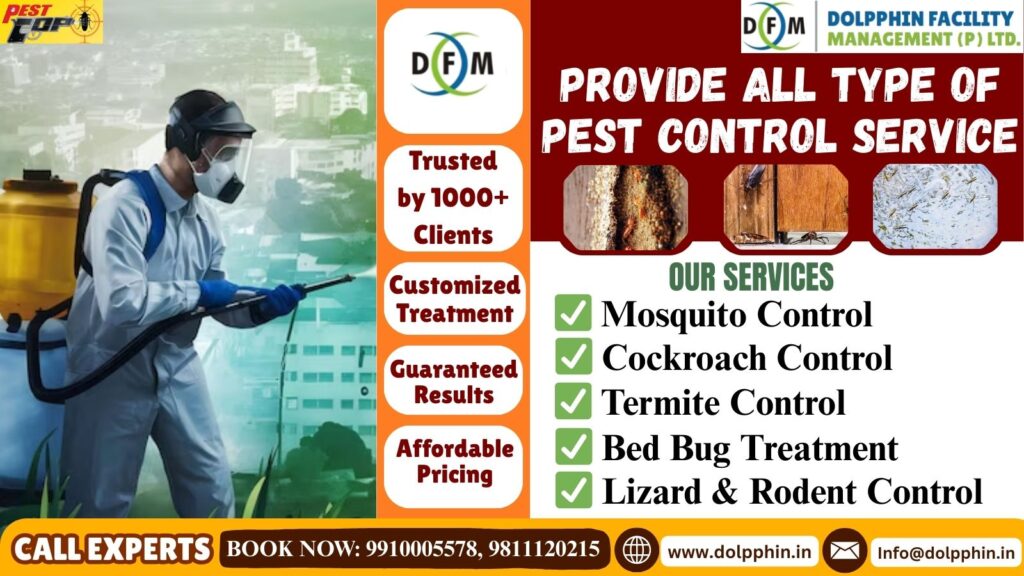
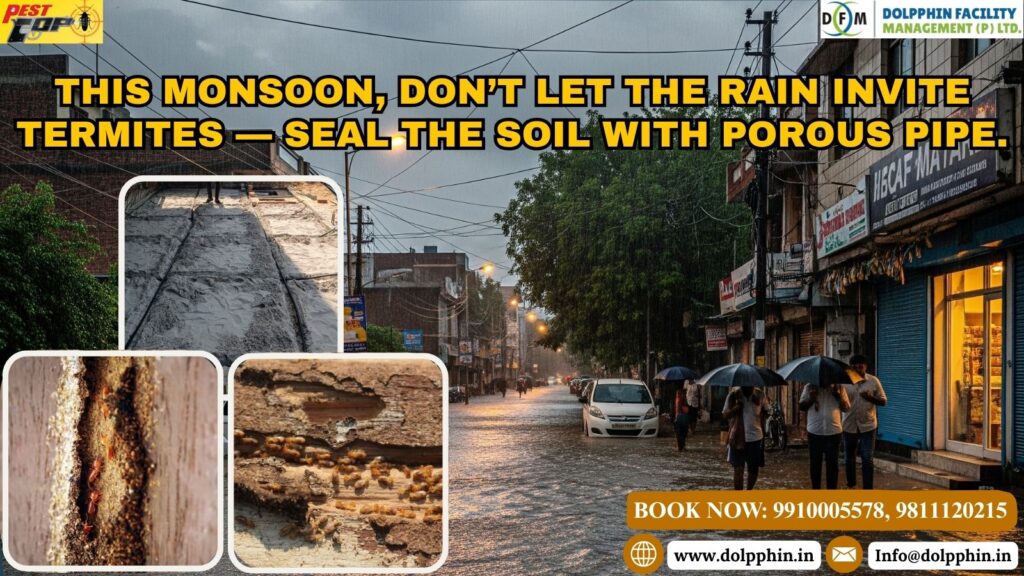


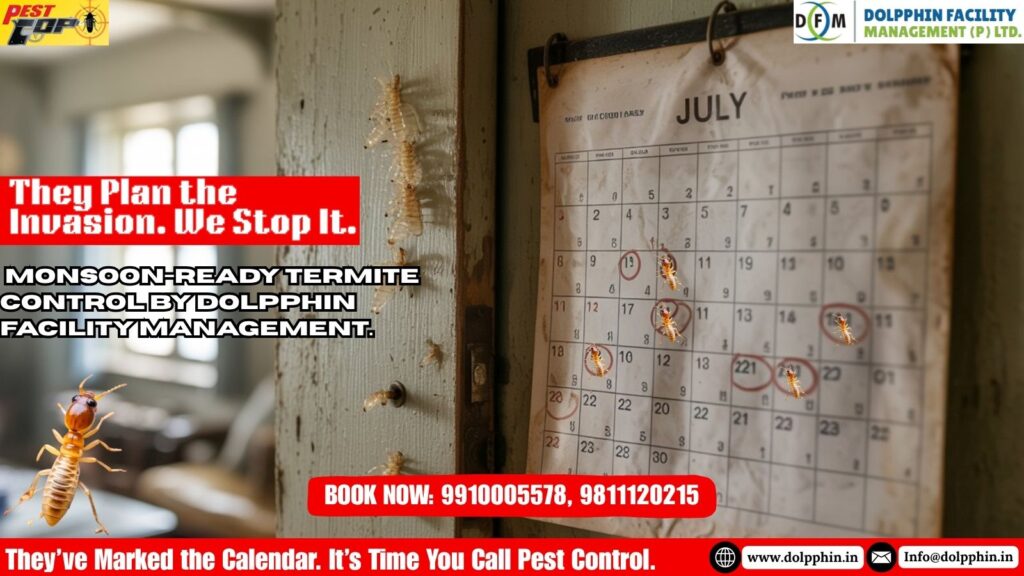


 Who Are These Dangers Who Drop Mice?
Who Are These Dangers Who Drop Mice? Indications That Your Home Is a Live Bed Bug Podcast
Indications That Your Home Is a Live Bed Bug Podcast Why DIY Doesn't Make the Mic Silent
Why DIY Doesn't Make the Mic Silent Go Pro: Use Skilled Bed Bug Control to Close Their Podcast
Go Pro: Use Skilled Bed Bug Control to Close Their Podcast Avoid Becoming Famous (for the wrong reasons) Due to Bed Bugs
Avoid Becoming Famous (for the wrong reasons) Due to Bed Bugs Conclusion:Put an End to the Rumors and Get Back to Sleep
Conclusion:Put an End to the Rumors and Get Back to Sleep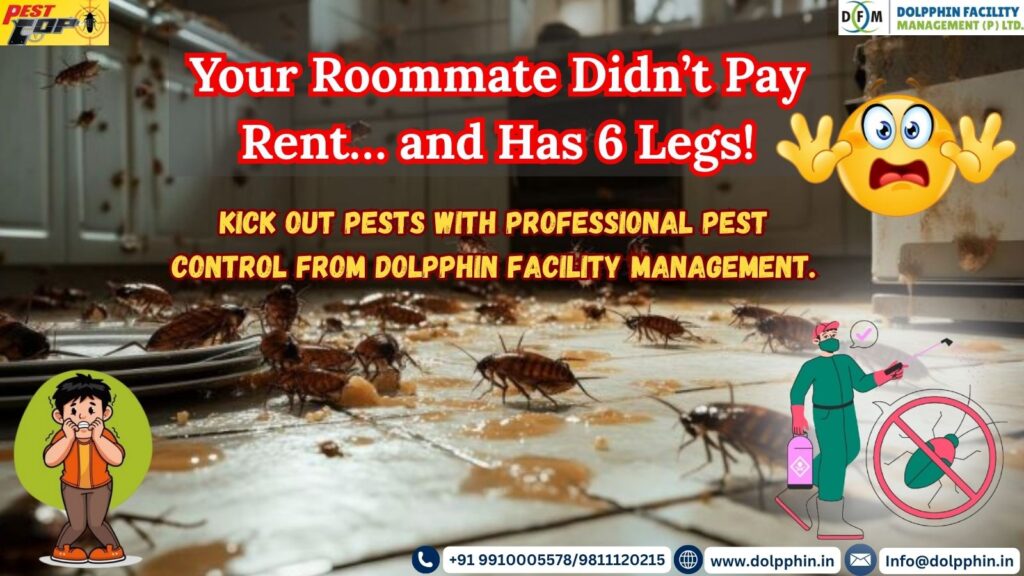
 Why Cockroaches Are More Than Just Gross
Why Cockroaches Are More Than Just Gross Signs That You Have Unwanted Roommates
Signs That You Have Unwanted Roommates DIY Methods Vs. Expert Pest Control
DIY Methods Vs. Expert Pest Control Our Method:
Our Method: Why Choose Us?
Why Choose Us?